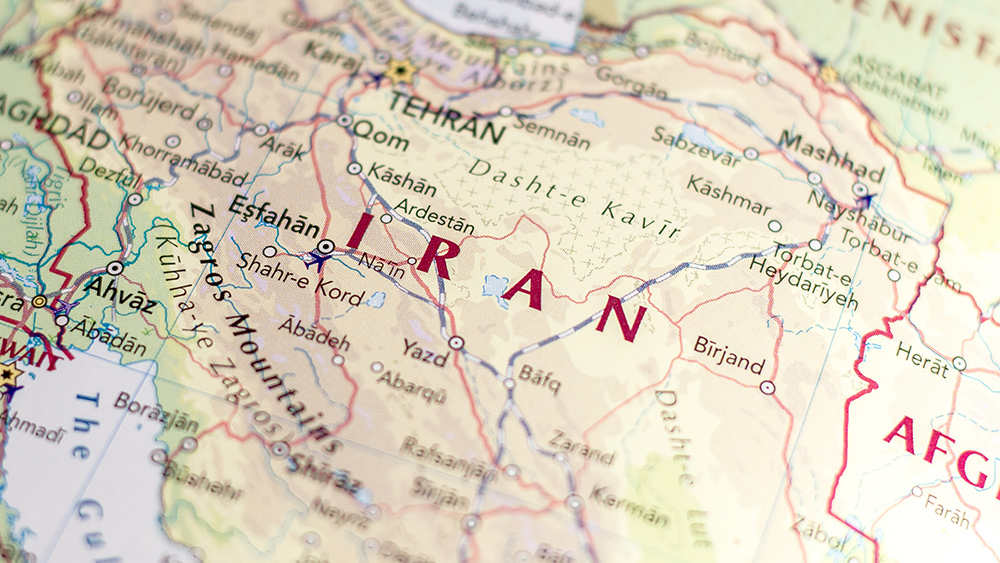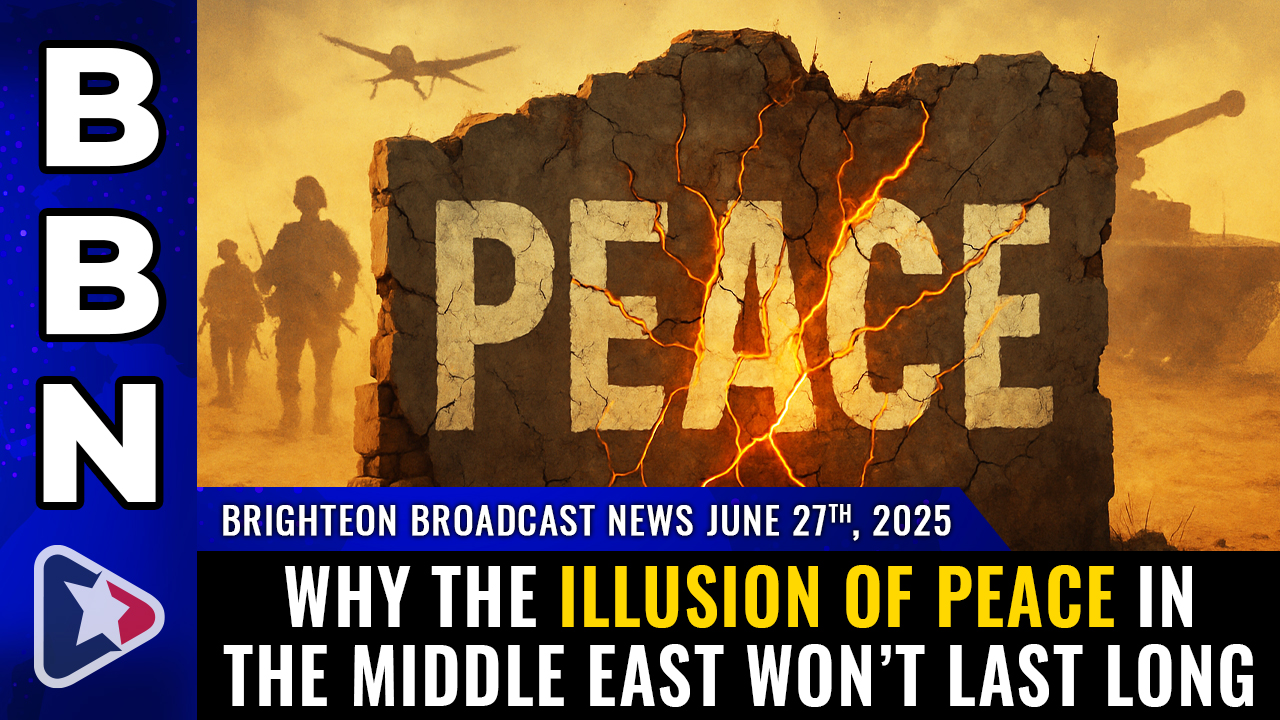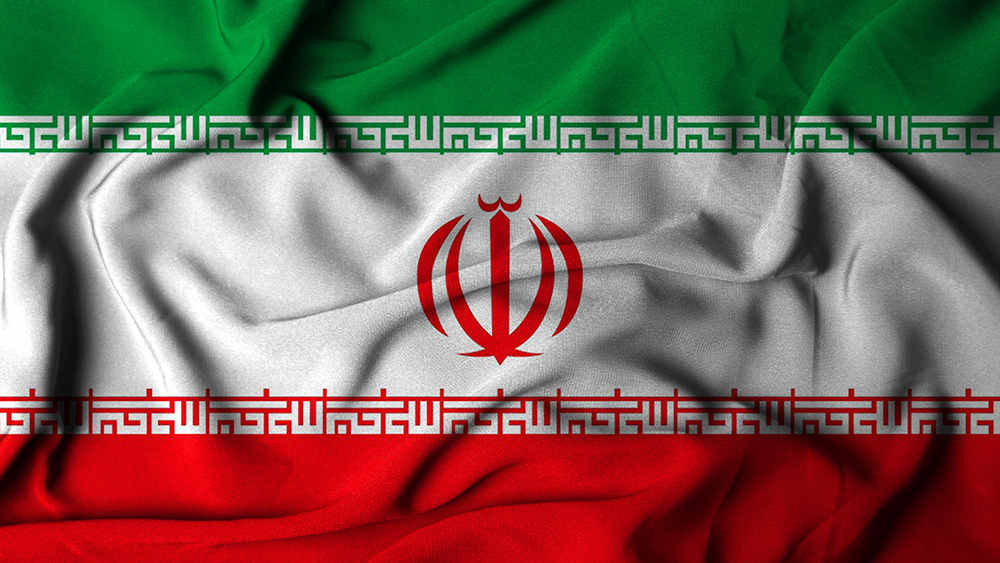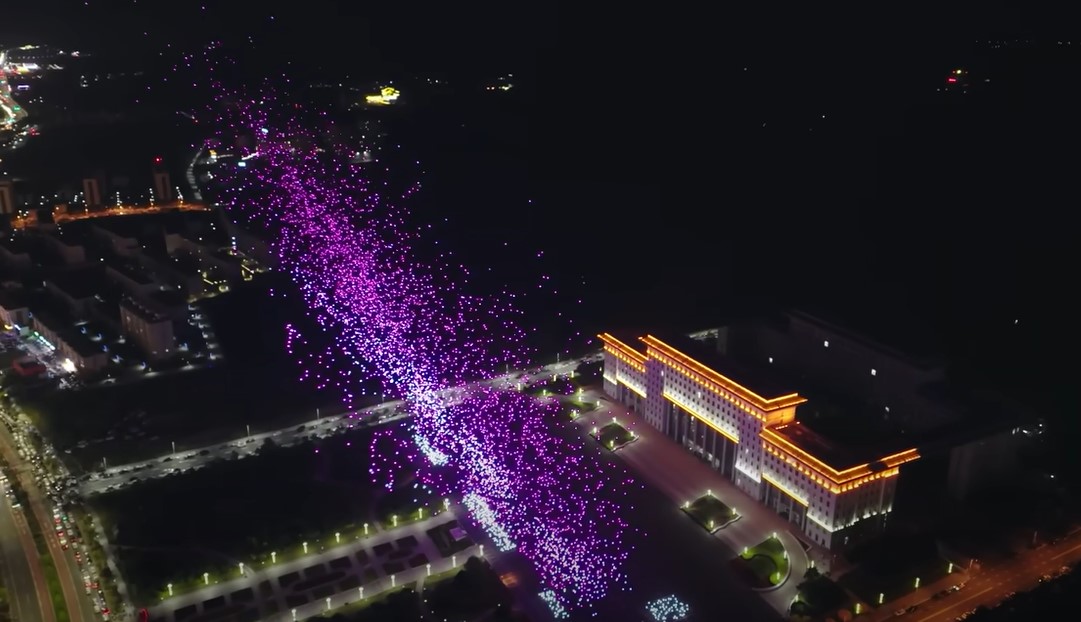 Parler
Parler Gab
Gab
- U.S. intelligence confirms plans for imminent military action against Iran within 48 hours, including controversial tactical nuclear and “Rods of God” weapons.
- President Trump vacillates on strike, while Iran’s Khamenei vows retaliation and defiance despite U.S. threats.
- Former Pentagon strategist Gregory Sachs reiterates long-standing regional destabilization plans, linking Israel as a crucial partner.
- U.S. National Intelligence Director Tulsi Gabbard faces disarray after clashing with Trump on Iran’s nuclear intentions.
- Global energy markets brace for panic as supplies risk disruption through Strait of Hormuz closures and proxy wars.
Military escalation and strategic calculus: New phases of conflict
The proposed U.S. tactics highlight a staggering escalation in kinetic weaponry. Orbital kinetic rods—hypersonic metal beams deploying kinetic energy—could deliver non-nuclear yet devastating strikes, while tactical nuclear weapons risk radioactive fallout in areas straddling front lines. U.S. planning aligns with a long-standing blueprint first disclosed by retired Gen. Wesley Clark in 2007, who revealed the Pentagon had formulated plans to destabilize seven Middle Eastern nations, culminating in Iran’s collapse. His protégé, former diplomat Gregory Sachs, recently reiterated this strategy, emphasizing that Israel’s “dirty work” in crippling Iranian infrastructure has positioned it as a key node in the plan. Meanwhile, National Intelligence Director Tulsi Gabbard, a vocal critic of prior U.S. military adventurism, faces marginalization after contradicting the president’s claims about Iran’s nuclear progress. In March congressional testimony, Gabbard stated, “The intelligence community does not believe Iran is building a nuclear weapon.” Her subordinates confirm this stance remains unchanged, fueling whispers of a schizophrenia in U.S. policy-making circles.Historical context and regional proxy fire
The current crisis mirrors Cold War-era brinkmanship but with modern nationalist and apocalyptic undertones. Khamenei’s disdain for U.S. overreach is rooted in decades of Iranian mistrust dating back to the CIA’s 1953 coup against Prime Minister Muhammad Mosaddegh. Today, his regime’s proxies—from Hezbollah in Lebanon to Houthi rebels in Yemen—represent a sprawling network capable of retaliatory strikes on U.S. allies in the region, including Saudi Arabia and the UAE. Israel’s Prime Minister Benjamin Netanyahu has framed the conflict as a divine mandate, echoing concerns among religious conservatives in the U.S. who view Tehran as an existential foe. Some analysts suggest this ideological overlap blurs geopolitical strategy with apocalyptic prophecy, stemming from a belief that conflict in the Levant could fulfill eschatological scripts.Economic and geopolitical fallout: Markets on edge
A U.S. strike could trigger catastrophic economic ripple effects. The Strait of Hormuz, through which roughly 20% of global oil flows, risks closure, sending crude prices skyrocketing and risking global recession. Analysts estimate a single week of halted traffic could add 30% to oil prices, exacerbating inflation and political instability worldwide. Russia and China, meanwhile, have urged de-escalation. Moscow, a nominal ally of Iran, has warned against U.S. involvement, while Beijing seeks assurances that its energy imports remain secure. Europe, now almost entirely withdrawn from Iranian oil deals due to U.S. sanctions, faces trade disruptions as well.Prophetic vision or prudence? Ideological crosscurrents in decision-making
At the heart of this crisis lies a clash between Cold War pragmatism and ideological fundamentalism. For Trump, the calculus tilts toward leveraging military might to fulfill pledges to “make America great again” and pander to pro-Israel and religious-conservative voter blocs. Yet critics argue the administration’s approach jeopardizes not just regional stability but global peace. A 2023 Atlantic Council study warned that tactical nuclear strikes in the region, even “low-yield” versions, risk massive civilian casualties and uncontrollable fallout patterns.Time runs out: A call for ceasefire—or march to war?
As missiles rain down on Israeli and Iranian cities, observers fear a chain reaction of retaliation. Iran’s arrest of alleged Mossad spies this week suggests asymmetric warfare is intensifying, offering few opportunities for diplomatic resolution. Only White House sources now float hopes for a negotiated ceasefire, but time narrows as military assets mass in the region. “The only way forward is extreme caution,” argues scholar and retired Marine Col. David Barno. “But if pride and ideology dictate, this will end in calamity.” When, not if, Trump issues the final authorization, the world may witness a conflict unlike any since 1945—one blending advanced weaponry, religious fervor and globalized markets into an unprecedented flashpoint. The conflict’s ultimate direction hinges on four words: ceasefire—or oblivion. Sources for this article include: IsraeliNewsLive.org NBCnews.comBy Finn Heartley // Share
AI training’s “fair use” wins over books, but court leaves piracy bill on tech’s table
By Willow Tohi // Share
False flag plot: Exclusive report reveals Israeli scheme to frame Iran for U.S. attack
By Willow Tohi // Share
Governments continue to obscure COVID-19 vaccine data amid rising concerns over excess deaths
By patricklewis // Share
Tech giant Microsoft backs EXTINCTION with its support of carbon capture programs
By ramontomeydw // Share
Germany to resume arms exports to Israel despite repeated ceasefire violations
By isabelle // Share










